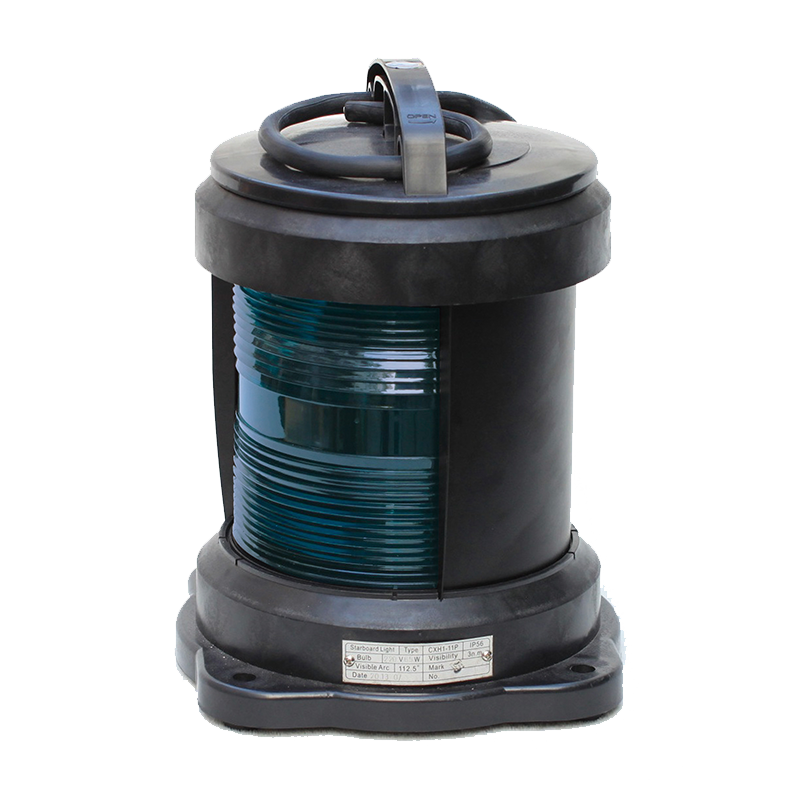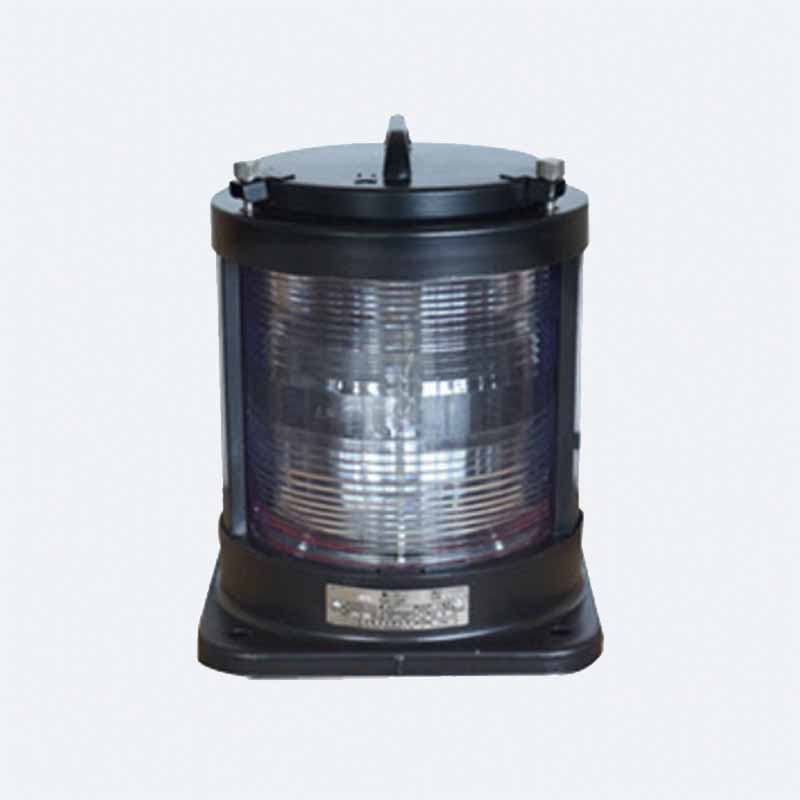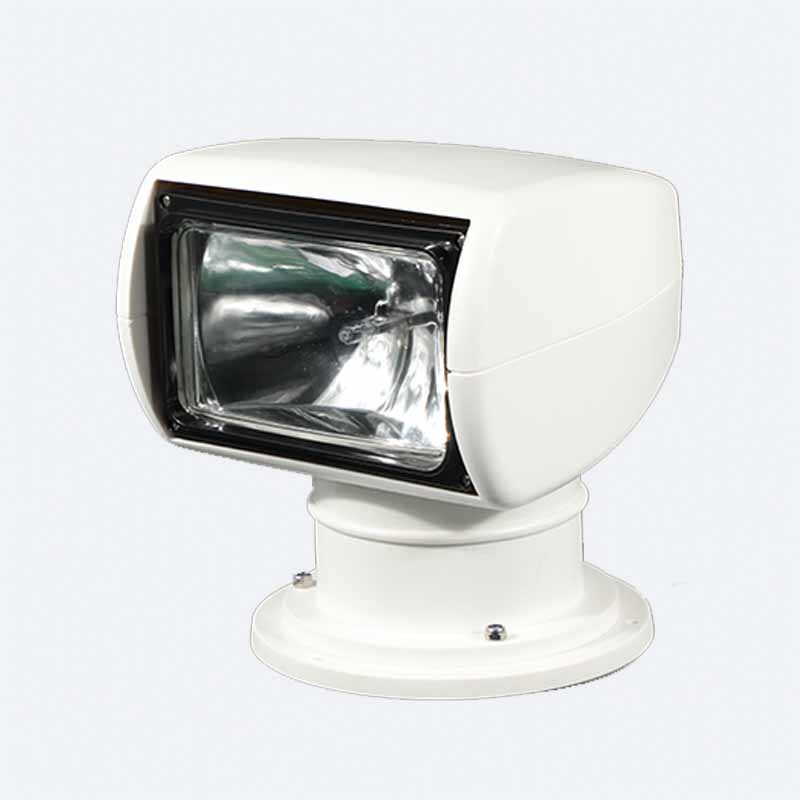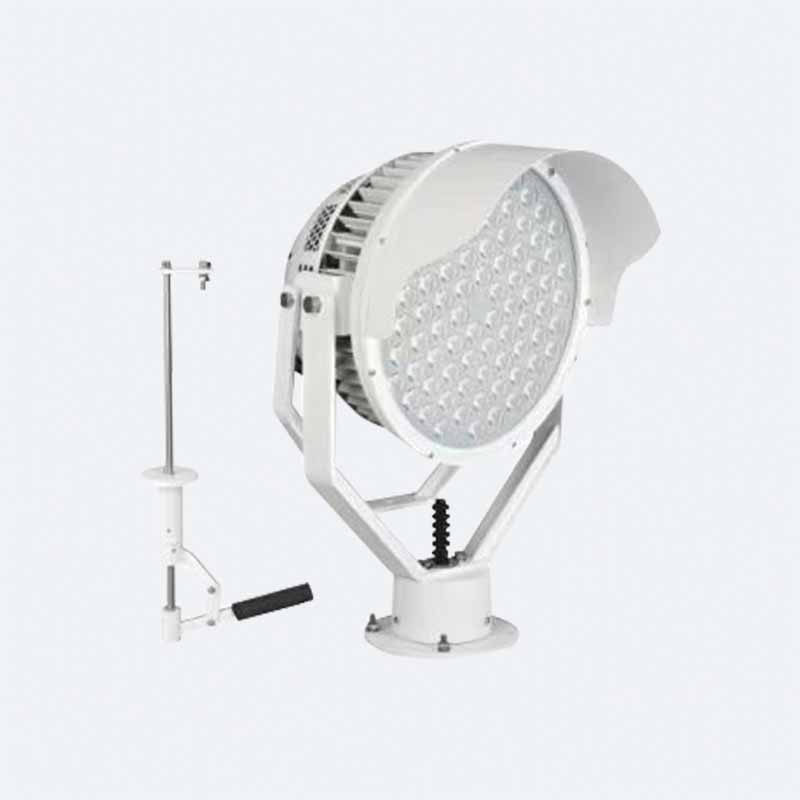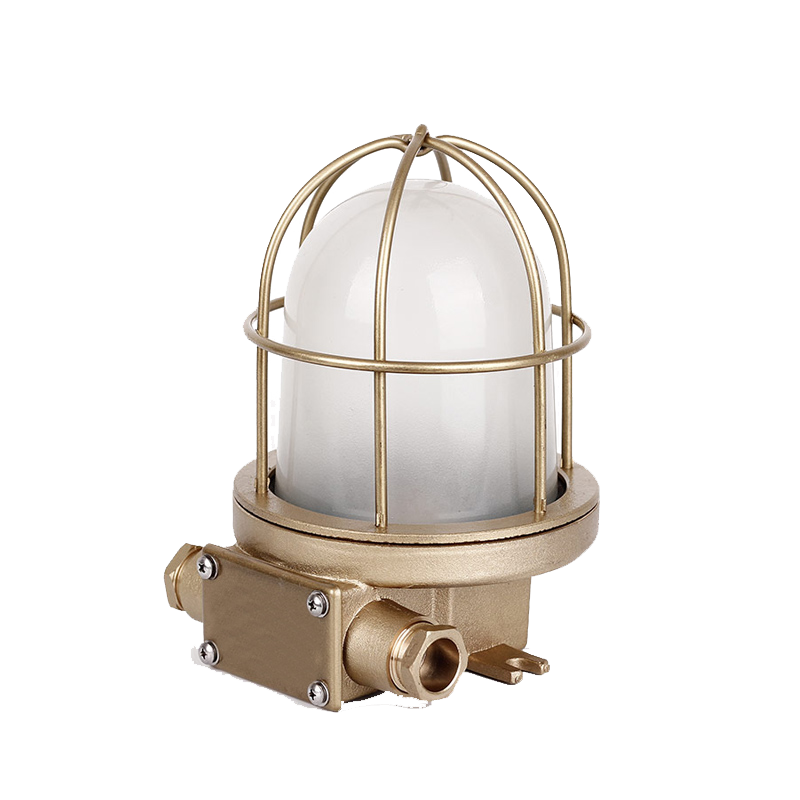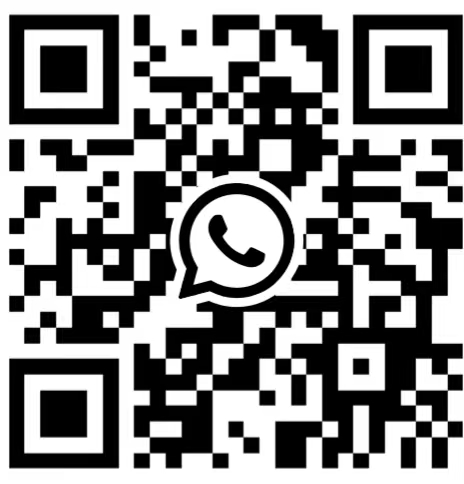Lantern language (light communication) is a generalized language for communication between ships and is widely used internationally.
The word "lamp language" has a long history. In the age when communication was not yet developed, lantern language played a vital
role in the field of navigation. Using the flickering frequency of the lights to transmit information in binary Morse code can help the crew
communicate with each other at a longer visual distance.
The lights of ships are divided into two types according to their purposes: navigation lights and general signal lights.
The opening and closing time of lights is generally based on sunset and sunrise.
Signal light: It is the light sign of the ship in various special situations, especially when sailing at night, and it is one of the indispensable
communication tools. The control of signal lights is generally concentrated on the bridge, requiring two-way power supply. There are many
types of signal lights. In order to meet the special requirements of ports and narrow water channels in some countries, the signal light settings
of ocean-going ships are more complicated. These signal lights are usually installed on the special signal mast or radar mast on the top of the
bridge, and several (8-12) red, green, white and other all-round lights are installed in two or three rows according to regulations.
Navigation light: It is an independent part of the ship's lighting system and an important light signal to ensure the safe navigation of the ship
at night. In any case, it must be bright to indicate the ship's position, status, type, whether there is a tugboat, etc.,
so as to prevent misunderstandings by surrounding or passing ships and cause marine accidents. According to international regulations,
the number varies according to the size and length of the ship. For ships longer than 50 meters, 5 navigation lights should be installed,
namely the front mast light, the rear mast light, the rear stern light, and the left and right side lights. Relevant regulations stipulate that in the
case of poor visibility, the navigation lights must be turned on at any time, even during the day.
Ship light communication uses the Morse symbol (Morse), the sender manually manipulates the flash to send, and the recipient receives it
visually. Morse symbols form letters and numbers in dots (short) and dashes (long), alone or in combination. The agreed sending method is:
the dot code lasts for 1 unit of time; the stroke code lasts for 3 units of time or longer; the interval between character codes and codes is 1
unit of time; the interval between characters is 3 unit of time or longer. However, in the actual sending process, there are problems that the
length of unit time (or sending speed) varies from person to person, and random errors cause different lengths of dot codes (or stroke codes).
Only after certain professional training can the transmission be more standardized and easy to be recognized by the recipient.
However, the sending and reading of the light language are all obtained and decoded manually. If there is a lack of professionals, it will have
a huge impact on the sailing ships. Since the persistence of vision of a person is 0.1-0.4 seconds, the unit length of the flash and abbreviation
should exceed the persistence of vision of a person, which varies with the personal conditions of the signalmen on both sides.
The phenomenon of persistence of vision is that the speed of light communication is greatly limited.
After modern science and technology automate the sending and receiving of light signals, it becomes possible to replace the original visible
light communication with invisible light. This transformation will make light communication more confidential and more concealed. However,
the existing optical communication technology is mainly used in land transportation, and transmits simple distance and position information
between vehicles; while sea transportation is different from land transportation, it has the following problems: 1. Compared with the distance
between ships in sea transportation In land transportation, the distance between vehicles is much longer, and there are higher requirements
for signal propagation distance; 2. Sea communication methods are not as diverse as land communication methods, especially when enco-
untering abnormal factors such as war, bad weather or equipment damage, so the lighting Communication, as a relatively stable mode of
transmission, needs to rely on it to transmit more information than in the land environment, so it has higher requirements for signal coding
and signal reception.
A class of traffic lights used on modern ships, including offshore rigs, to meet various lighting and signaling requirements. Including marine
lights, navigation lights and signal lights 3 categories. According to international conventions, when a ship is sailing at night, operating or with
low visibility, in order to indicate its position, sailing status and type and other characteristics, the ship must be equipped with various lights
and display various signals for identification and avoidance. For this reason, the light arc, visibility distance, chromaticity, housing protection
and installation position of navigation lights and signal lights are strictly regulated. The design and manufacture of ship lights must comply
with the relevant provisions of ship rules and international conventions, and can only be installed and used after being inspected by the ship
inspection department and issued a certificate.
As the saying goes: "People have words, lights have lights," and light words are also a communication tool. Ships sailing at sea at night rely
on changes in various lights to communicate and communicate to ensure the normal and orderly passage of ships.


